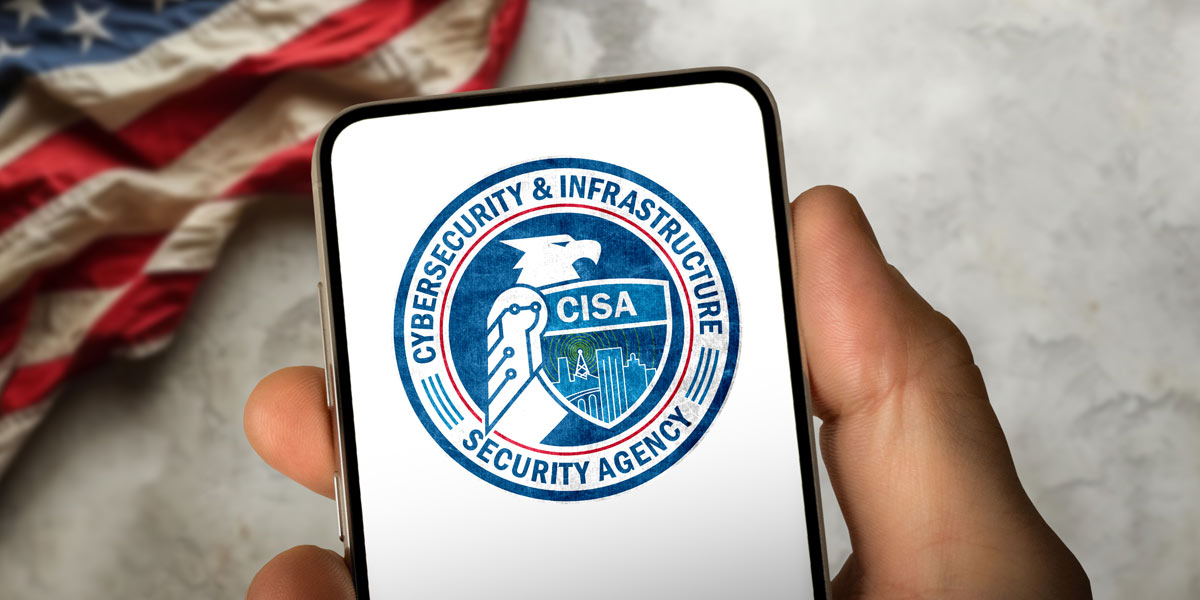Work environments have evolved significantly. Cloud services, mobile devices, and hybrid work models have increased data accessibility but also heightened the risk of cyberattacks. Traditional perimeter-based security models, which trusted everything inside the network, are no longer effective. In today’s sophisticated tech environment, network security requires next-level protection.
Zero trust security addresses these challenges. Based on the principle of never trust, always verify, it requires authentication, authorization, and continuous validation for every request, regardless of network location. Adept Networks in Spokane, Washington, and Medford, Oregon, is here to help you identify the best implementation for your organization or business to prevent minor incidents from escalating into major breaches.

Understanding the Zero Trust Framework
At its core, the zero trust framework is based on the assumption that cybersecurity threats can originate from anywhere—inside and outside the network. Instead of relying on a strong perimeter wall, this model requires verification at every point of access.
That means each user, device, application, and data request is treated as potentially untrusted until proven otherwise. The framework combines identity management, strict access controls, and continuous monitoring to ensure data security, even when employees work remotely or use personal devices.
Key Principles of the Zero Trust Model
The zero trust model is built around a few guiding principles. “Zero trust” may sound harsh on the surface, but each of these practices is meant to protect the individual as well as the company.
Least-Privilege Access
Users are given only the access they absolutely need—no more, no less. For example, a marketing employee doesn’t need the same access to financial records as someone in accounting. By restricting privileges, organizations minimize possible damage, and employees don’t accidentally wander into files they don’t understand.
Continuous Verification
Instead of a one-time login, zero trust relies on ongoing verification. Every attempt to access data or applications is checked against established policies. Multi-factor authentication (MFA), device health checks, and behavioral monitoring all play a role in confirming identity and legitimacy.
Micro-Segmentation
Rather than having a single, wide-open network, zero trust security divides systems into smaller, secure zones. If a hacker breaches one area, micro-segmentation prevents them from moving laterally across the network. This containment strategy is a powerful defense against large-scale data breaches.

Benefits of a Zero Trust Approach
Implementing a zero trust approach provides several distinct advantages for businesses, especially those using a hybrid model. Add personal devices (BYOD) into the mix, and the benefits of tightened security increase tenfold.
Stronger Protection Against Cyber Threats
Zero trust makes it significantly harder for attackers to move undetected within a system. Even if credentials are stolen, continuous verification and least-privilege access reduce the chances of serious damage.
A Better Fit for Remote and Hybrid Work
As employees access systems from various locations, traditional perimeter security is insufficient. Zero trust security protects users wherever they work, enabling safe use of cloud applications and mobile devices.
Compliance and Regulatory Support
For industries subject to strict regulations—healthcare, finance, government—zero trust principles align well with data compliance requirements. Frameworks like the National Institute of Standards and Technology and the General Data Protection Regulation increasingly emphasize this layered, verification-based approach.

How Zero Trust Architecture Works in Practice
A zero trust architecture doesn’t rely on a single technology. Instead, it integrates multiple layers of security, including the following:
- Identity and Access Management (IAM): Ensures only verified users have access to systems.
- Multi-Factor Authentication (MFA): Adds an extra layer of security beyond passwords.
- Endpoint Security: Protects laptops, smartphones, and other devices connecting to the network.
- Encryption: Safeguards sensitive data in transit and at rest.
- Continuous Monitoring: Detects unusual activity in real time and flags potential threats.
By combining these tools, businesses create a dynamic defense system that adapts to changing risks.
Challenges in Adopting a Zero Trust Strategy
Despite its benefits, implementing a zero trust strategy presents several challenges and requires business-wide adaptation and commitment. Training is an essential component that should not be neglected.
- Misconceptions: Some assume zero trust is a single product you can buy. In reality, it’s a philosophy and framework supported by multiple technologies.
- Complexity: Transitioning from a traditional security setup to a zero trust model requires careful planning and a phased implementation.
- Cultural Shift: Employees may need cybersecurity training to understand new authentication processes.
- Upfront Investment: While there may be initial it support costs, the long-term savings in reduced breach risk and compliance penalties often outweigh them.

Steps to Begin Your Zero Trust Journey
If your organization is considering this model, Adept Networks is here to help. Start with an accurate assessment of your current situation.
Assess Your Current Security Posture
Map out your network, identify sensitive data, and evaluate existing vulnerabilities. This baseline will help prioritize the first steps.
Strengthen Identity and Access Management
Introduce MFA, single sign-on (SSO), and role-based access controls. These measures form the backbone of zero trust security.
Focus on High-Risk Areas First
Apply zero trust principles to your most critical systems and data. Expanding gradually makes implementation more manageable.
Partner with an Experienced IT Provider
Many small and mid-sized businesses may not have the resources to implement zero trust independently. Partnering with an IT provider like Adept Networks helps ensure the appropriate technologies and best practices are established from the outset.

Zero Trust Network Security as the Future Standard
Cybersecurity experts and government agencies increasingly recognize zero trust network security as the future of digital defense. With threats growing in both frequency and sophistication, businesses can no longer rely solely on traditional perimeter models.
Agencies such as NIST and CISA have published frameworks that encourage zero trust adoption, signaling that this approach is becoming the expected standard rather than an optional upgrade. By taking this step now, organizations can future-proof their defenses and establish trust with clients, partners, and regulators.
Strengthening Security Through Zero Trust
Zero trust security changes the way businesses think about protecting data. Instead of assuming safety once inside the network, it requires verification, enforces least-privilege access, and segments systems to contain threats.
The payoff is clear: stronger defenses against cyberattacks, greater flexibility for remote work, and easier alignment with compliance requirements.
For organizations prepared to advance their security, adopting a zero trust strategy can be manageable. With expert guidance from Adept Networks, your local managed it service provider, in Medford, OR, and Spokane, WA, a smooth transition is achievable, resulting in a stronger long-term security posture.
Zero trust isn’t just a trend—it’s the new reality of cybersecurity.
